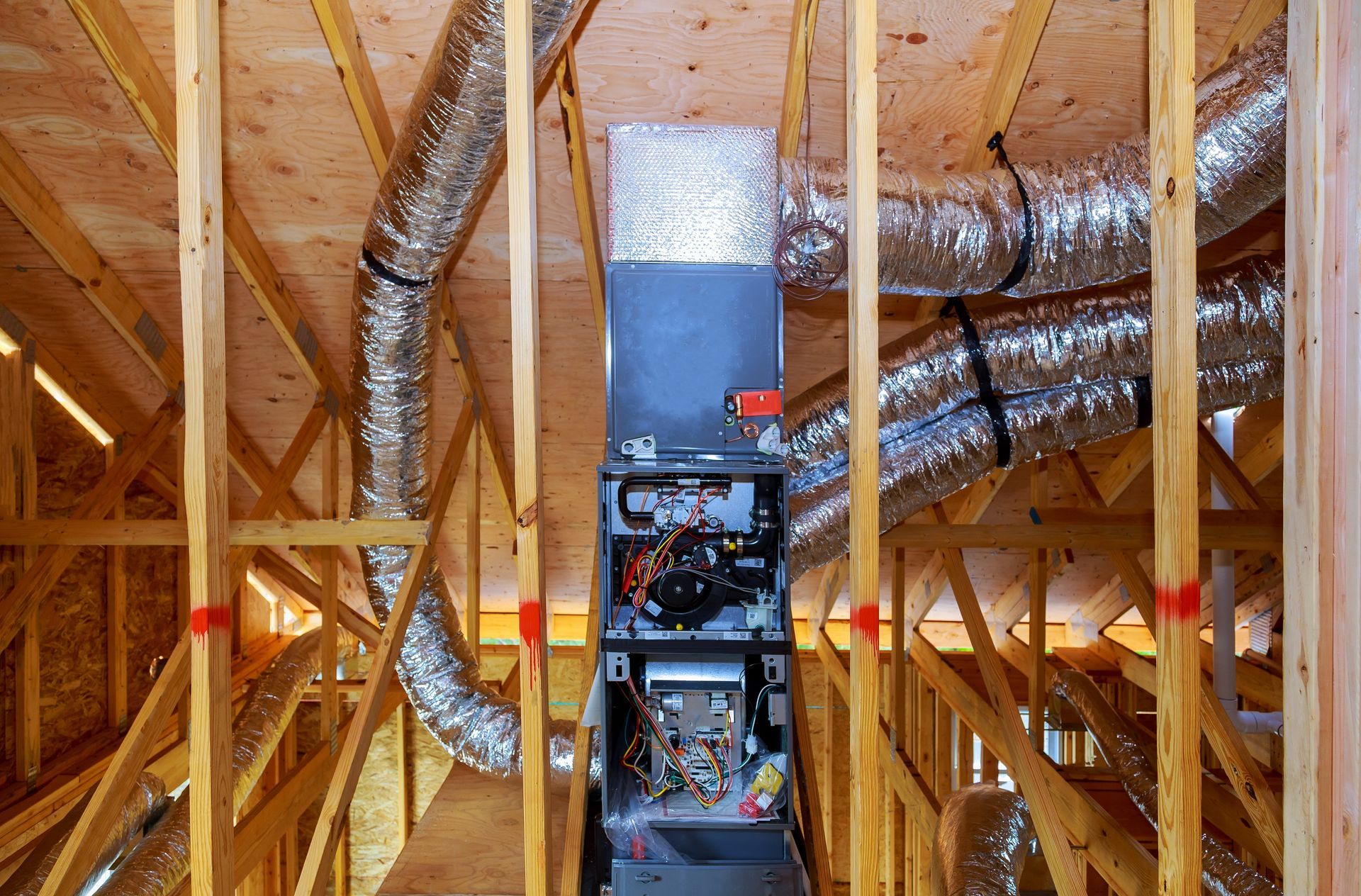Heating Repair
When chilly evenings roll through Southern California, Daniel’s Heating & Air Conditioning provides trusted heating repair in Highland, Riverside, and Rancho Cucamonga. Whether it’s a faulty furnace, a heat pump issue, or uneven warmth in your home, our skilled technicians diagnose problems quickly and restore comfort with lasting solutions you can rely on.
Know the Signs Before Your Heat Goes Out
A forced-air heating system depends on three key elements:
- Combustion or Heat Generation – gas burners, heat exchangers, or heat pump refrigerant cycles.
- Air Distribution – blower motors and duct systems that deliver conditioned air evenly.
- Controls and Safety Circuits – limit switches, flame sensors, ignition modules, and thermostats that regulate operation.
- Any imbalance in these systems—whether a cracked heat exchanger, failing inducer motor, or shorted control board—can reduce output efficiency and pose potential safety hazards. Daniels technicians perform complete system diagnostics, verifying combustion integrity, electrical load balance, and static pressure to restore full design performance.
How We Approach Every Repair Call
Comprehensive Diagnostic Scan
- Measure voltage, amperage, and static pressure at key test points.
- Record flue gas temperature and CO/CO₂ levels for combustion analysis.
- Inspect blower assembly, inducer motor, flame sensor, and ignition sequence.
Component Testing & Replacement
- Perform resistance tests on motors, pressure switches, and limit circuits.
- Clean flame sensors and burners to ensure stable ignition.
- Replace worn parts (igniters, capacitors, relays) using manufacturer-rated components.
System Calibration & Verification
- Confirm proper gas manifold pressure or heat pump refrigerant balance.
- Check temperature rise and ensure airflow matches design CFM.
- Verify thermostat communication and safety shutdown operation.
Final Performance Check
- Log data for combustion efficiency, amp draw, and temperature rise.
- Ensure system operates quietly and safely at rated output.
Common Furnace & Heat Pump Issues
Intermittent ignition or failed hot surface igniter
Faulty flame sensor or pressure switch
Clogged condensate trap in high-efficiency furnaces
Shorted blower capacitor or seized blower motor
Low refrigerant or reversing valve malfunction (heat pumps)
Dirty or restricted evaporator coil impacting heating mode
Why Homeowners Choose Daniels
Daniels Heating & Air has earned a reputation for technical precision and honest service. As a family-owned, locally operated business, we deliver:
- Certified technicians with ongoing factory training
- Transparent pricing—no hidden fees or unnecessary upsells
- Guaranteed workmanship on every job
- Comprehensive safety checks to protect your home and family
Read Our Reviews →
When Repair Isn’t Enough
If your furnace or heat pump is more than 12–15 years old, requires repeated major repairs, or produces uneven heat, replacement may offer better reliability and efficiency. Daniels experts will evaluate your system and recommend modern, high-efficiency heating options that lower energy use while improving comfort.
Learn more about Furnace Replacement →
Flexible Financing for Unexpected Repairs
Unexpected heating repairs shouldn’t strain your budget. Through GoodLeap financing, qualified customers can access 0% APR payment options with:
- No hidden fees
- No late penalties
- No impact on your credit score for pre-qualification
Frequently Asked Questions
How much does furnace repair cost in Bel Air?
It depends on the issue. Minor fixes like ignitor replacements or thermostat malfunctions are more affordable, while blower or control board repairs may cost more. We’ll diagnose the problem and provide a clear quote before any work begins.
How often should I schedule furnace maintenance?
We recommend a full furnace tune-up once per year—typically in the fall—to keep your system efficient and reduce the chance of breakdowns.
My furnace is 15+ years old. Should I repair or replace it?
If your furnace is nearing the end of its lifespan, constantly breaking down, or driving up your utility bills, we may recommend replacement.
Why is my furnace blowing cold air?
This could be caused by a dirty filter, malfunctioning thermostat, pilot light issue, or a more serious internal fault. A service call will help identify the exact problem.
Can I fix my furnace myself?
For your safety, we don’t recommend DIY furnace repairs beyond checking filters or thermostat settings. Gas and electrical systems are best handled by trained professionals.



